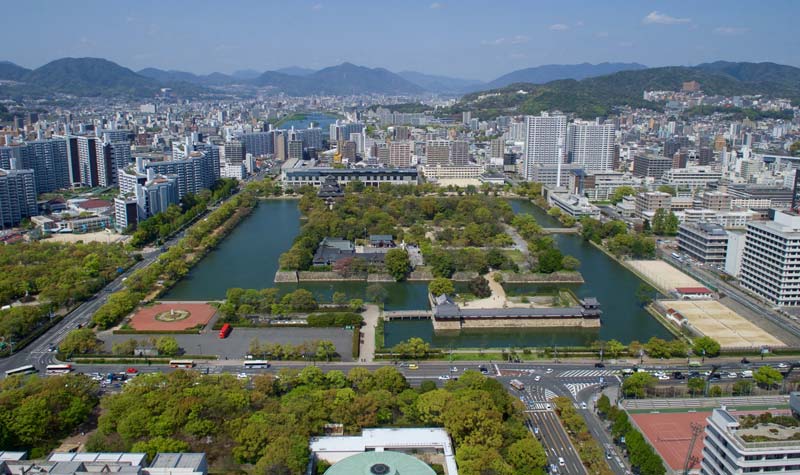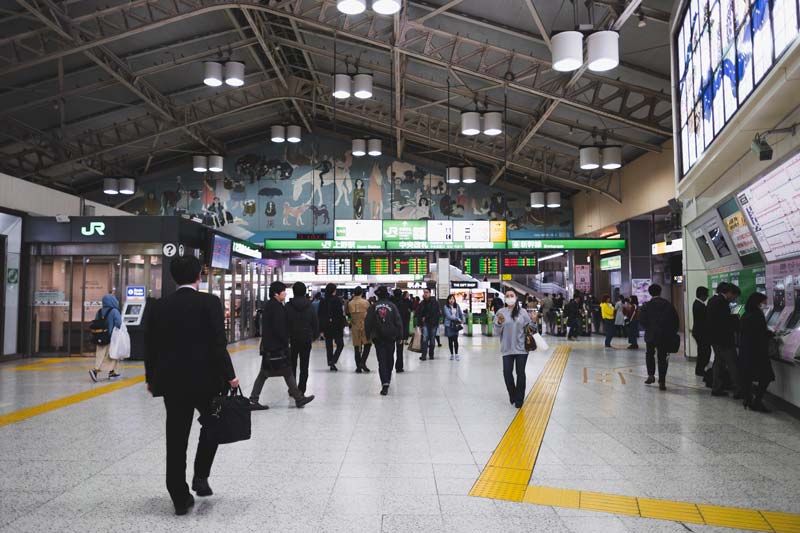
Japan is a beautiful East Asian country rich in history, culture, and most importantly, accessibility. It is known as one of the most accessible nations in the world, and is becoming even better by the year, most likely due to its rapidly aging population. Three years ago, my family and I took a two-week vacation to Japan, and it was one of the best experiences of my life. I was so welcomed there that it felt like a second home, and I hope I can go back someday. The goal of this blog is to showcase accessibility within the country and share my experiences as a traveler there, in the hopes that people with disabilities of all types will be able to use this information to travel there if they wish.
Before you leave for your trip, there are several websites you can access to learn more about accessibility in the country. My personal favorite is one made by the Accessible Tourism Center, a Japanese nonprofit designed to help those with disabilities find the information they need to enjoy their trip. My father used this website when he was planning our trip as a stepping stone to find accessible transport and other services we would need.
Japan has many different details incorporated into the infrastructure of its cities that make it accessible. The most readily noticeable feature is the yellow textured pavement for the visually impaired that lines every street, unlike in the U.S. where we only have them at crosswalks. From trams to buses, all of the public transportation we used within cities was accessible. My family and I never felt like we had a problem getting around.

Japan also has accessible vans you can rent to travel longer distances. My family and I rented ours through our tour guide, who owned a taxi company. It was so great to be able to load my chair in the back and go to the destinations on our itinerary that day. The trains and bullet train, perhaps the most widely used transportation systems in Japan, are also accessible. The trains have their own special accessible cars, and the train station staff will escort you on the train with a portable ramp.
Accessibility in hotels works in much the same way as it does in the U.S., where you have to ask for an accessible room and any other extra devices you may need, such as a shower chair. The rooms and bathrooms are spacious and comfortable. Additionally, accessible public bathrooms in Japan are in a league of their own. They have more room, grab bars, and other attachments than you will know what to do with.
Now, no country is perfect when it comes to accessibility, but Japan is certainly further ahead of many others. Even when we weren't sure we would be able to enjoy a location due to accessibility issues, there were always locals that were willing to jump in and help. These are all the aspects of accessibility I noticed on my trip to Japan, and I hope it is helpful to anyone who reads it. So often, people with disabilities have to stop traveling altogether because of inaccessibility, but Japan is definitely a place we can go, and in my opinion, should not be missed!
Helpful Links
About the Author
I am a 20-year-old college student and avid paraequestrian living with cerebral palsy. Horses are my passion and motivation for everything that I do. I hope to make it to the Paralympics one day and plan to use my experience with horses to help and inspire others.
Most of the stories here on LiveQuickie.com were submitted by readers. Do you have a story to tell? We'd love to hear it. Submit your story here.